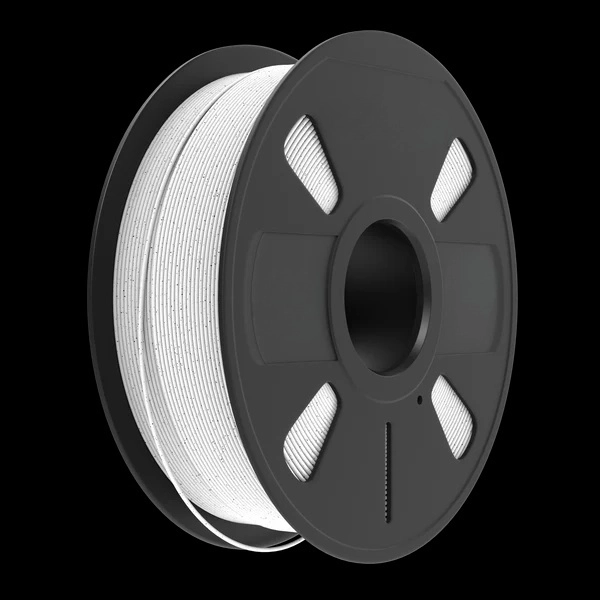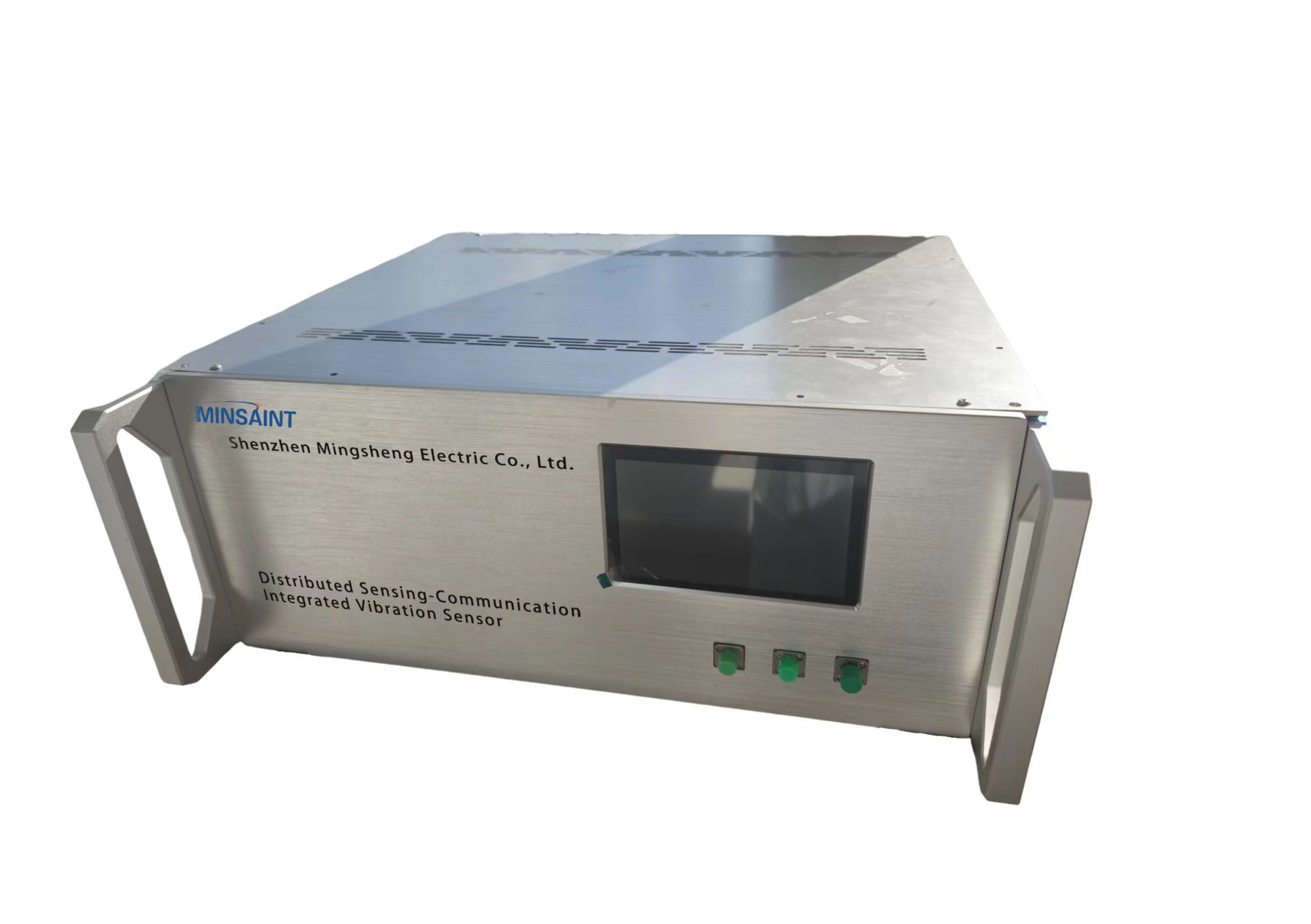In today's world, where environmental concerns are at the forefront, finding the most environmentally friendly container has become a priority. With a plethora of options available, it can be challenging to determine which container truly meets the criteria of sustainability, recyclability, and minimal environmental impact. In this blog post, we will delve into the depths of various container materials, their production processes, and their overall environmental footprint. By the end, you will have a clear understanding of the most environmentally friendly container and its significance in promoting a greener future.
- Understanding the Environmental Impact of Different Container Materials:
To identify the most environmentally friendly container, we must first examine the environmental impact of various materials commonly used in container production. We will explore the life cycle assessments (LCAs) of materials such as plastic, glass, aluminum, and paper, considering factors like resource extraction, manufacturing processes, transportation, and end-of-life disposal. - Plastic Containers: The Dilemma of Convenience vs. Sustainability:
Plastic containers have gained popularity due to their convenience and cost-effectiveness. However, their environmental impact, particularly in terms of plastic waste and pollution, cannot be ignored. We will discuss the challenges associated with plastic recycling, the rise of biodegradable plastics, and innovative solutions like plant-based plastics. - Glass Containers: The Classic Choice with Environmental Considerations:
Glass containers have long been considered a sustainable option due to their recyclability and inert nature. We will explore the energy-intensive manufacturing process of glass, its recyclability rates, and the potential for increased use of recycled glass in container production. Additionally, we will discuss the transportation implications of glass containers due to their weight and fragility. - Aluminum Containers: The Lightweight Champion of Sustainability:
Aluminum containers offer a compelling case for sustainability due to their lightweight nature and high recycling rates. We will delve into the energy-intensive extraction and production processes of aluminum, its recyclability advantages, and the potential for increased use of recycled aluminum in container manufacturing. Furthermore, we will address concerns related to the transportation of aluminum containers. - Paper Containers: The Renewable and Biodegradable Option:
Paper containers, often made from renewable resources, have gained attention for their biodegradability and recyclability. We will examine the environmental impact of paper production, including deforestation concerns, the use of sustainable forestry practices, and the potential for increased use of recycled paper in container production. Additionally, we will discuss the limitations of paper containers in terms of durability and moisture resistance.
Conclusion:
After a comprehensive analysis of various container materials, it is evident that there is no one-size-fits-all solution to finding the most environmentally friendly container. Each material has its own advantages and limitations, and the choice ultimately depends on the specific application and environmental priorities. However, considering factors such as recyclability, energy consumption, resource availability, and end-of-life disposal, aluminum containers emerge as a strong contender for the title of the most environmentally friendly container. Their lightweight nature, high recycling rates, and potential for increased use of recycled materials make them a sustainable choice for a greener future.





